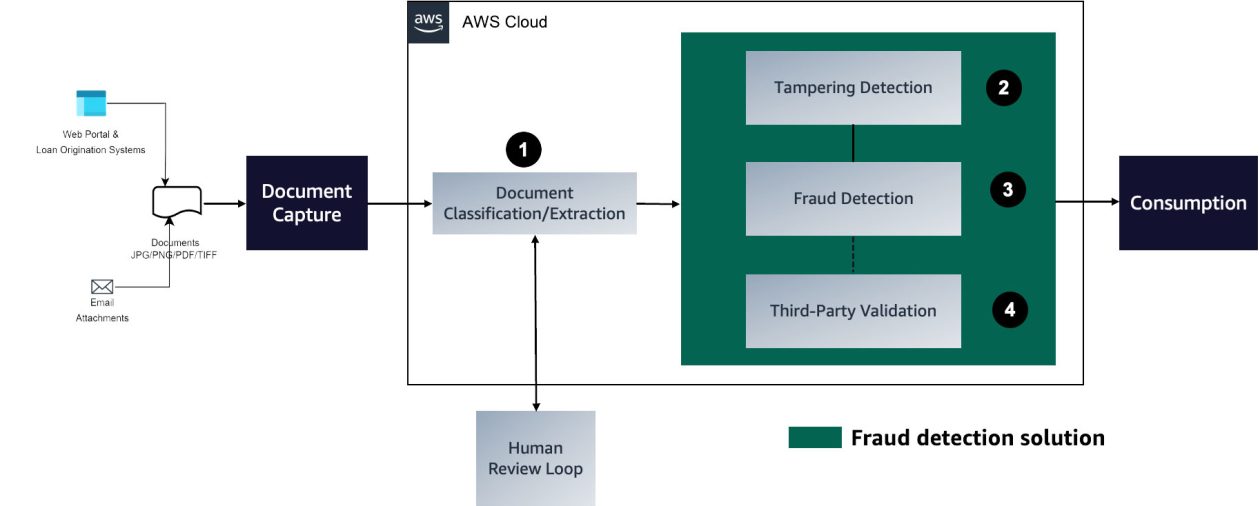
This fall I am teaching for the n-th time our introductory signals and systems course (ECE 345). This time I’m teaching all of the students (at the time of writing, 206 of them): prior offerings split the class into two sections taught by different faculty and in the last two years of COVID-induced remote instruction I co-taught a combined class with my colleague Salim El Rouayheb. I had thought about some plans to change a few things about the class based on my last in-person offering in 2019 and drew up a few ideas, planning to get things organized in the month before the semester.
At the beginning of August I went to campus to look at the classroom, which is Lucy Stone Hall on the Livingston campus at Rutgers, which can seat 400 students. For context, to get there from my office/where most STEM classes are (on Busch campus) one has to drive, take a bus, or bike. I previously taught in a classroom that can seat 147 which had whiteboards on rollers that went up and down (they are behind the projection screen), which gives 4 boards worth of space visible at a time. The new classroom supposedly has “5 chalkboards” but those are on wooden panels that are partially obscured by the podium. The chalkboard on casters shown in the picture is not particularly visible from the back of the class. So… no real board space. I can use the projection screen with a tablet of document camera (or maybe transparencies to be really old school) but with a single projection screen.
So I’ve embarked on a far too ambitious plan to partially “flip” the class: students will watch video lectures (already recorded during COVID times) and then come to class to do more active learning/problem solving activities. Since this blog has been moribund for the last few years, I will try to write about this process as it goes to help process/document what I’m doing and how well its working (or not).
I’ve been doing a bit of reading on prior approaches, including:
I’ve also gotten a lot of help from various friends and other educators about their own experiences and ideas of what has worked and what hasn’t.
I rapidly realized that I could not implement all of these ideas in a month before the semester so I am trying to pick and choose my battles. Usually, to successfully flip a class requires a high instructor (TAs, learning assistants (LAs), etc.) to student ratio. I don’t even know how many TAs I’ll have this semester yet, so that’s going to be a challenge. It’s waaaaay too late to ask for LAs. Hence I’m calling this a “partial” flip.
I’m not sure I’ll be able to pull it off, but here’s hoping!








